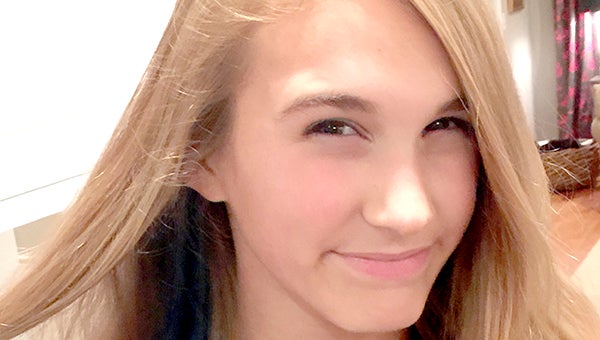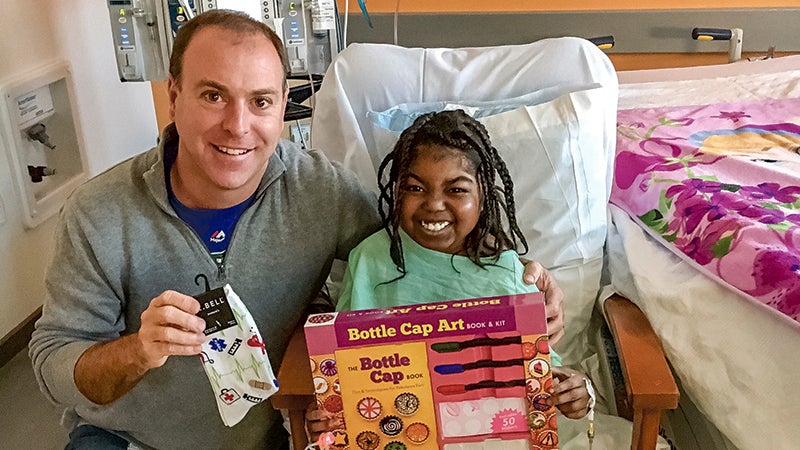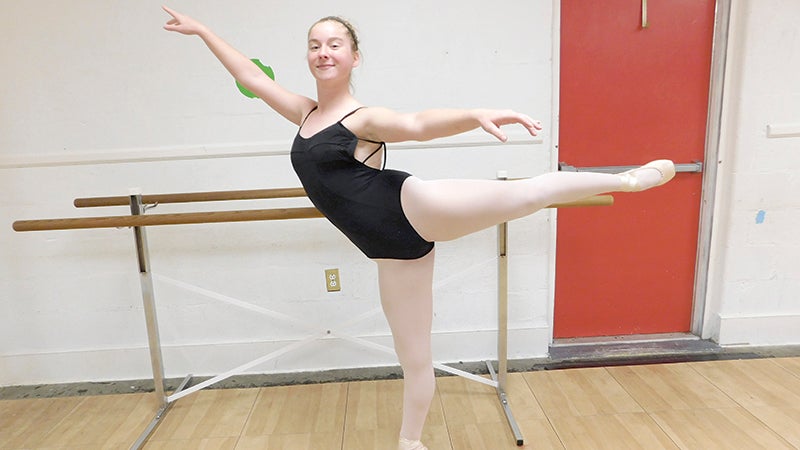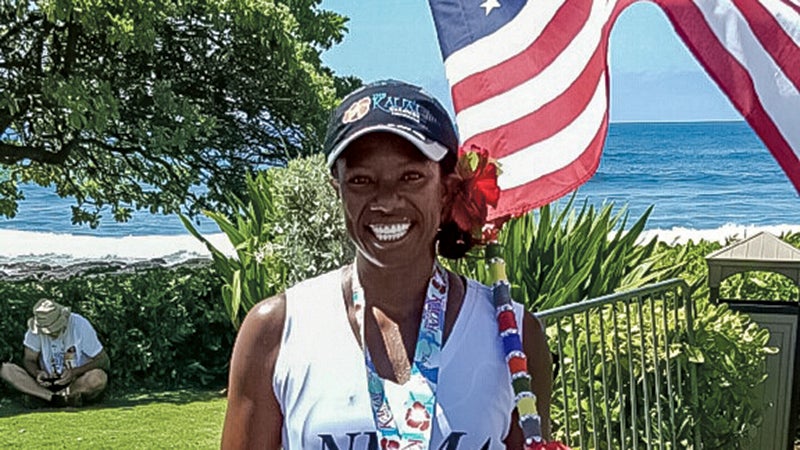Hair goes blue for Type 1
Published 9:56 pm Monday, November 30, 2015
If you see someone in Suffolk soon with a blue streak in his or her hair, it’s likely it’s meant to raise awareness of Type 1 diabetes.
In the future, that might go for anyone in America, if Heather Carr has anything to say about it.
Carr and her family have been involved in Type 1 diabetes awareness for more than two years, ever since her daughter Hope was diagnosed in July 2013.
But Carr recently took it a step further when the family was preparing for the Virginia Beach Juvenile Diabetes Research Foundation Walk to Cure Diabetes, where Hope’s Heroes has been the top-fundraising team the last three years straight.
“I told my two daughters, if we make our goal of $15,000, I’ll put a blue streak in my hair,” Carr said. “It was just meant to be fun.”
But Carr began to notice that people would ask her about the blue streak, and she got the chance to explain about why she supports more awareness for Type 1 diabetes.
Unlike Type 2 diabetes, which is far more common, Type 1 diabetics do not produce any insulin, a hormone that the body needs to get glucose from the bloodstream into the cells of the body. In Type 2 diabetes, the body does not use insulin properly because the body becomes resistant to it.
While Type 2 diabetes can sometimes be controlled or even reversed through proper nutrition and exercise, a diagnosis of Type 1 diabetes stays around for life — unless a cure is found someday.
Carr said she wanted to get more people involved in the “Blue Streak Project” after she realized its usefulness to Type 1 awareness. She put the offer out to her daughter’s friends and classmates at Nansemond-Suffolk Academy, and close to 50 descended upon her house to make it a reality.
“She was really touched,” Carr said of Hope. “She just wants to fit in.”
Hope has to test her blood sugar eight to 10 times a day, Carr said. She now has an insulin pump but used to have to inject insulin four to six times a day.
Carr said others have jumped aboard. About 60 to 70 people in Suffolk, and 30 or 40 friends and family in different states, now are sporting the blue streak for Type 1 diabetes. Carr’s 69-year-old mother is among the blue-haired supporters.
It’s popular with the kids, Carr said.
“It’s edgy and fun,” she said. “They want to get a blue streak anyway, but now they have a reason.”
Carr said she would like to see the project go nationwide. She recommended people with darker hair who want to participate dye their streak white first so that the blue color will take.
For more information or to donate, visit bluestreakproject.org.







